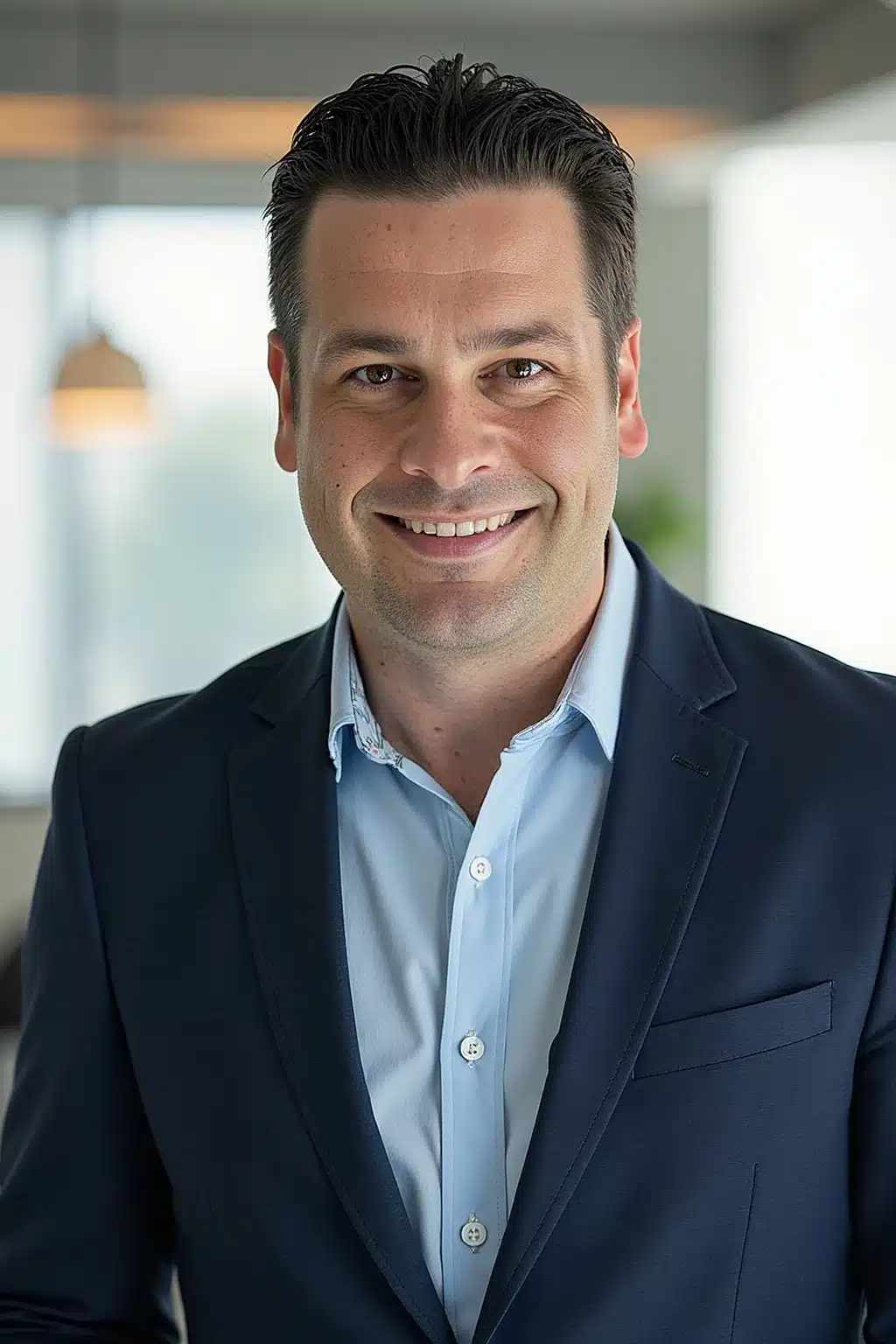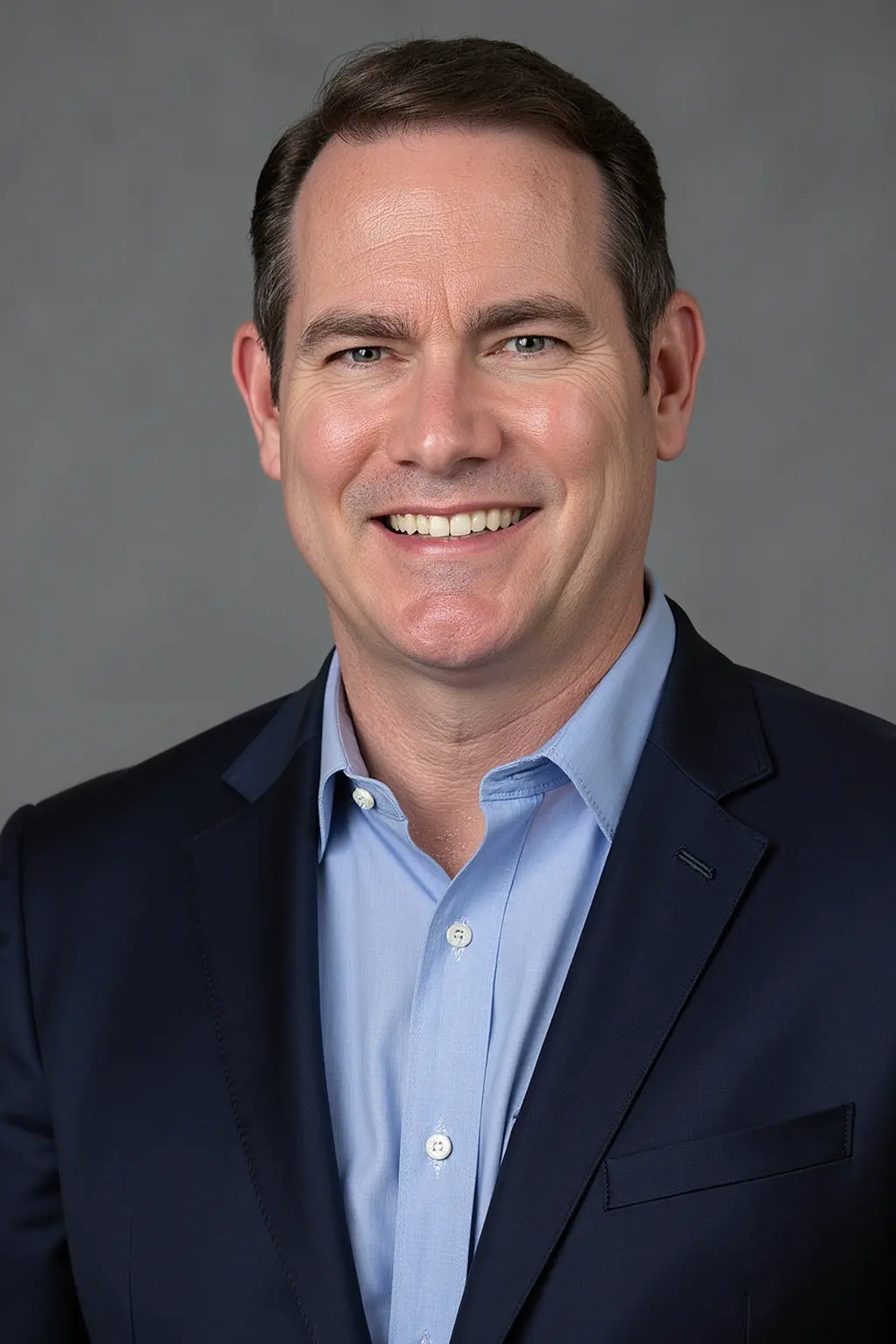The Dilemma: Hire Revenue Leader or Build Infrastructure First?

“Should we hire a new revenue leader first, or invest in tools and processes to improve the sales and marketing team’s performance?”
That’s one of the most frequent questions I get from PE investors.
It’s an important question, but it also doesn’t have a universal answer. It gets right to the heart of how value creation plans are sequenced in portfolio companies where the revenue engine is underdeveloped, inconsistent, or in need of transformation.
The signs are usually obvious: no real CRM usage, inconsistent pipeline discipline, and sales leaders who are more player-coach than enterprise builder. In this situation, the instinct is typically to either:
- Hire a high-powered CRO or Head of Sales to reshape the go-to-market strategy, or
- Upgrade tools and processes to give the existing team a shot at leveling up.
Let’s look at the pros and cons of each approach.

Hiring a CRO First
✔️ Brings fresh strategic perspective
✔️ Has the ability to build and shape the team
✔️ Signals serious intent to grow
✖️ Can take 4 to 6 months to find and hire – senior executive searches take time
✖️ All-in cost can run $450K to $600K, factoring in salary, recruiter fees, and onboarding
✖️ Without proper tools in place, they’ll spend the first 6–12 months building infrastructure. It’s no wonder the average CRO tenure is just 19 to 22 months (SaaStr)
Investing in Tools and Process First
✔️ Builds a stronger foundation for long-term growth
✔️ Faster to execute, and creates early visibility and accountability
✔️ Helps the current team improve – and may reveal hidden leadership potential
✖️ May be wasted effort if a new leader later changes direction
✖️ Doesn’t address deeper strategic or accountability gaps
✖️ Without a strong leader, adoption and discipline can stall

My Recommendation: A Hybrid Approach
In most cases, we recommend a hybrid approach – one that lays the groundwork for leadership while modernizing the core infrastructure. It allows you to move quickly without placing the entire bet on a single hire – and it creates the conditions for your future CRO to succeed.
A recent example:
We worked with an industrial rental company recently acquired by a middle-market PE firm. They had a decentralized sales team, no CRM, no standardized pipeline reporting, and each region was following its own playbook. The CEO recognized the need for a true revenue leader – but also knew that bringing someone in immediately would leave them flying blind.
Craig Group’s solution:
We worked in parallel with the CEO to define the CRO role and partnered with the recruitment firm to lead the search.
At the same time, we implemented HubSpot CRM, standardized the pipeline, and introduced weekly forecasting cadences with frontline managers.
We also built a foundational enablement layer – including segmentation, lead flow, and ICP definition -and began embedding a shared “value creation” vocabulary across the commercial team.

The Result?
By the time the new CRO stepped in – five months later – they entered an environment that spoke their language. They had access to clean data, visibility into team performance, and a clear understanding of where growth would come from.
Instead of spending their first year rebuilding the basics, the CRO was able to lead from day one – and delivered measurable results within their first two quarters.
Had that CRO been brought in earlier, they likely would have spent months fighting internal inertia, stitching together systems, and trying to win credibility from a team operating in silos. Performance would have lagged, and the clock would have started ticking on their tenure before real progress could begin.
Final Thoughts
Modernizing the revenue function isn’t just about hiring the right person or buying the right software – it’s about sequencing.
The cost, time, and risk associated with CRO hiring are significant – and the window to show results is short. That’s why investing in foundational improvements while searching for the right leader gives you the best of both worlds: faster time-to-impact and a higher return on your executive hire.
So the next time you face this question, don’t just ask “What do we need?”
Instead, ask: “What needs to be true for our next revenue leader to succeed?”
That’s where real value creation begins.


Craig Group Partner Ajay Joshi is a seasoned revenue operations consultant with over 20 years of experience enhancing operational and financial performance across sales, marketing, operations, and technology. His expertise spans over 20 industries, with a strong focus on private equity-backed firms in the SaaS, manufacturing, and industrial services sectors. Connect with him on LinkedIn.
CRO hiring strategy, CRO vs infrastructure, Go-to-market planning, Hybrid revenue strategy, Private equity portfolio growth, Revenue leadership, Sales enablement tools, Sales infrastructure, Sales process improvement, value creation plan




